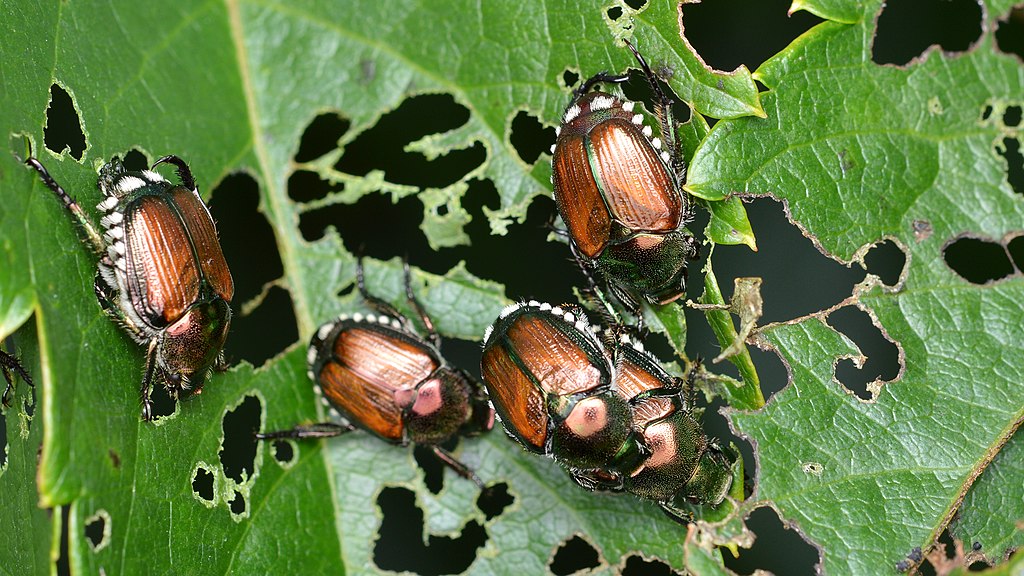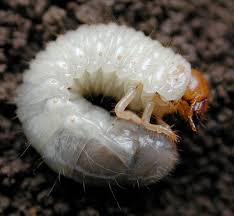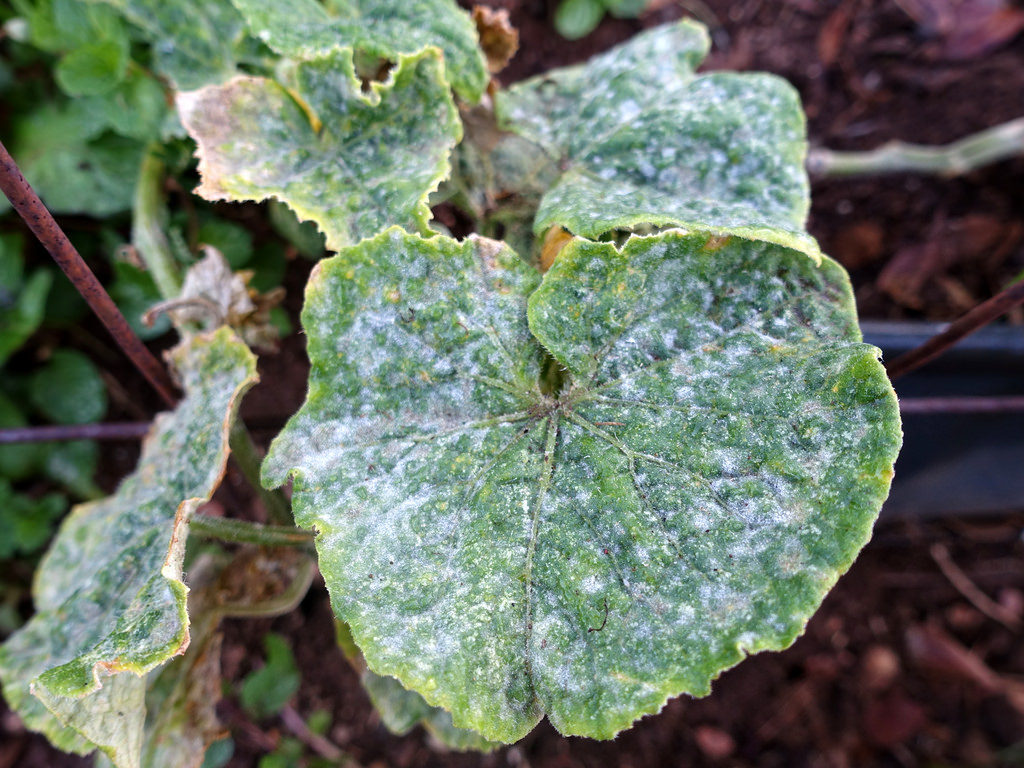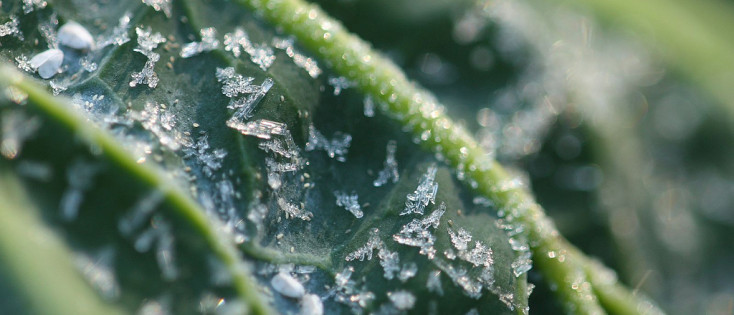
Japanese beetles descended upon southern Ontario several years ago and the impact continues. These voracious little pests are very destructive and costly to battle. Damage to fruit, flowers, and foliage of more than 300 plant species is impacting home gardeners, nurseries, and agricultural growers.
How to Recognize Japanese Beetles

The distinctively coloured adult beetles have metallic green heads and copper wings.
They congregate on leaves and flowers and you can also see them in piles on turfgrass as they emerge from the larval (grub) form.
As they chew, leaves become skeletonized and flowers, such as roses, lose large irregularly shaped portions or are totally deformed. Plants can become completed defoliated.
When the grubs are plentiful in the soil, lawns will have patches of dead brown grass.
Here’s the bad news about control methods:
- No known flowers or plants ward off Japanese beetles. There are some plants they don’t like but none that can be planted nearby to keep them away from their favourites.
- Unfortunately there are no legal environmentally-safe sprays or powders that will kill the adult beetles.
- Avoid beetle pheromone traps as research shows these traps are generally ineffective. They attract more beetles to our yards and not nearly enough are trapped to make up for the increased number who show up!
- Foliar spraying with something that tastes bad and therefore deters beetles (until the next rainfall) would be a great option but it’s not currently available or recommended. I just haven’t found a safe and legal product that works. Years ago, Neem oil was an option, however it is currently not a registered pesticide and is only approved in certain expensive products for cooking, skin treatments or cosmetics. Malathion can again be used in the garden but it is considered highly toxic to honeybees and therefore I do not recommend it. Homemade remedies are often more toxic than the chemicals that were banned for good reason in the first place. So for now, a foliar spray is not an option.
So what control methods do work?
- Cull their favourite plants. I’ve removed almost all roses plus my porcelain vine that the beetles decimated for three years before I gave up. The goal is to have them go somewhere else, not your yard. Since I removed the roses and porcelain vine, I get a lot fewer beetles and less damage to other plants. Here’s a link to a great post from Halton Master Gardeners that identifies more plants frequently attacked by these beetles.
- Handpick the beetles, into a small bucket of plain or soapy water (either will work). Do this ideally in the morning and early evening when they’re more sluggish. Holding the bucket close, knock the branch, leaf or stem that they’re sitting on to drop them into the water. Some people prefer to knock the beetles to the ground and squish them underfoot but that gives the little devils more distance to fall from the plant and therefore more chance to fly away. Tip – if you have a lot of plants, try using your ShopVac!
- Nematodes can work on the grubs if applied properly and at the right time (more about that below). Given that adult beetles fly, you will need to reapply annually and hope that your neighbours do likewise to put much of a dent in the population.
Japanese Beetles Life Cycle
Beetles emerge from the soil in late June or early July, begin flying when the temperature is about 21°C, reach their peak in late July and August, then gradually disappear. Their normal life span is from 30 to 45 days.

These are the different stages during their life cycle:
- Spring & early summer – overwintered grubs become beetles, emerge from the soil and begin flying
- Late June / early July – adults do much foliage and flower damage while in mating stage
- Summer – beetles lay eggs, primarily in turf
- Late August to frost – young grubs hatch and eat roots of turf
Timing of Japanese Beetle (and grub) damage

Most foliar, fruit and flower damage is done from late June to late July. Damage can range from holes in a few leaves or petals to complete defoliation of a plant.
Turf damage occurs from late August until frost when the grubs burrow down to overwinter. Evidence of damage at this time will be dying patches of grass where grubs have devoured the roots.
When and where do Japanese Beetles feed?
Feeding is most extensive on clear summer days when the temperature is between 21°C and 35°C, and the Relative Humidity is above 60%. There is little feeding on cloudy and windy days and no feeding on rainy days.
Beetles prefer to feed on plants exposed to the direct rays of the sun, beginning at the top, regardless of height, and working downward. They feed on the upper surface of the foliage of most plants, chewing the tissue between the veins, leaving a lace-like skeleton. During the first week to 10 days after emergence, feeding is confined to low
growing plants, then progresses to fruit and shade trees. As leaves on trees become less attractive, the beetles leave the trees and become more abundant on flowers or in field crops such as corn and clover.
Beetles will eat more than 300 species of plants such as:
– Ornamentals – Roses, zinnia, hydrangea, corkscrew hazel, vines (esp porcelain vine and Virginia creeper)
– Fruits – grapes, peach, apple, apricot, cherry, plum, rose, zinnia, corn, asparagus, soybean, blueberries, raspberries, and blackberries
– Trees – elm, maple, lindens, sassafras, Japanese maple, and purple-leaf plums
The Right Way to Apply Beneficial Nematodes:
Your plan is to attack the grubs at their weakest which is late summer. Though they are harmless to humans, animals, plants, and healthy earthworms, beneficial nematodes aggressively pursue insects in the soil. Essentially they seek out their prey and ‘infect’ it with a bacterium (Xenorhabdus species) that kills fast; typically within 48 hours. The bacteria are harmless to humans and other organisms and cannot live freely in nature. When the food source is gone, they migrate into the soil in search of a new host. When the pest population is eliminated, the beneficial nematodes die off and biodegrade. Be prepared… Nematodes are relatively expensive and must be applied properly!
TIMING
- is very important. The best time to apply nematodes for grubs in southern Ontario is generally mid-August to early September. Controls applied in May-June will be less effective as the grubs are large and difficult to kill.
APPLICATION METHOD
- is equally important. Here are guidelines for best results:
1) Either apply after a good rainfall or irrigation of the area. Apply in the early morning or evening when soil temperatures and UV are lower (cloudy or rainy days are good too).
2) Put the contents of the nematodes in a bucket of water and stir to break up any lumps, and let the entire solution soak for a few minutes.
3) Use a watering can or hose sprayer. Remove all sieves and ensure the sprayer nozzle is not too fine (> 1/2 mm) to ensure the survival of the nematodes.
4) Evenly spread the spraying solutions over the ground area to be treated; continuously mixing to prevent the nematodes from sinking to the bottom.
5) After application, keep the soil moist during the first two weeks for the nematodes to get established.
6) Avoid fertilizers for 2 weeks prior to and after the nematode application.
Printable PDF of our Japanese Beetles Guide
Mother Nature will eventually find her normal balance and the number of Japanese beetles will settle down. Until then, I recommend a three-pronged approach of removing the plants that are their most favourite, handpicking the adult beetles daily in late June/early July, and spraying nematodes in early September.
OMAFRA Factsheet “Japanese Beetles in Nursery and Turf”
Canadian Food Inspection Agency – Popillia Japonica (Japanese Beetle) – Fact Sheet
Japanese Beetle Handbook- USDA





About The Author: Armstrong
As an author and editor, Linda directs her lifelong love of nature and plants to concerns about our environment and how we can do better. In addition to decades of gardening experience, and training as a master gardener, Linda focuses on learning from leading science-based educators and writers, and in the process finds that she uncovers many gardening myths.
More posts by Armstrong